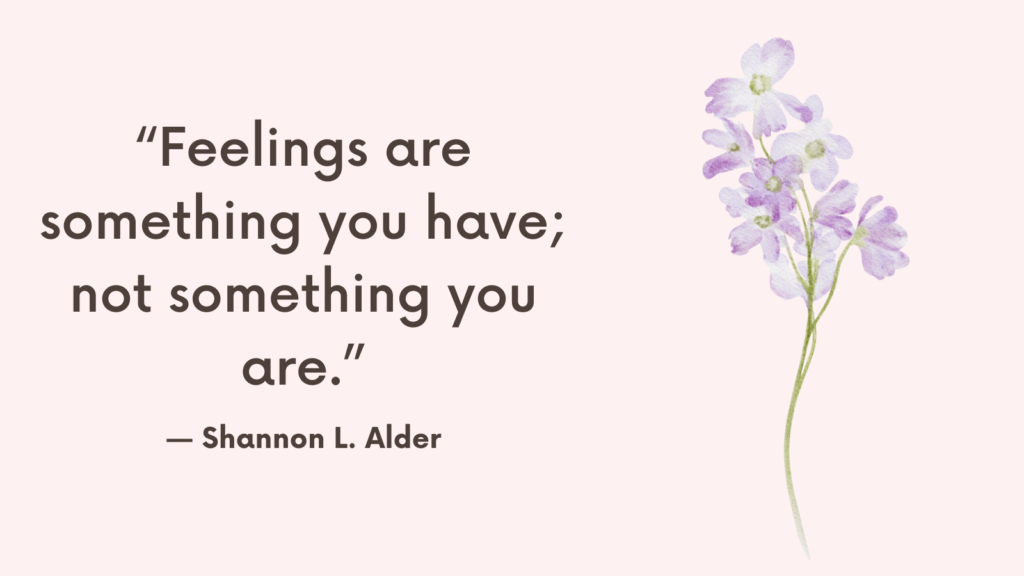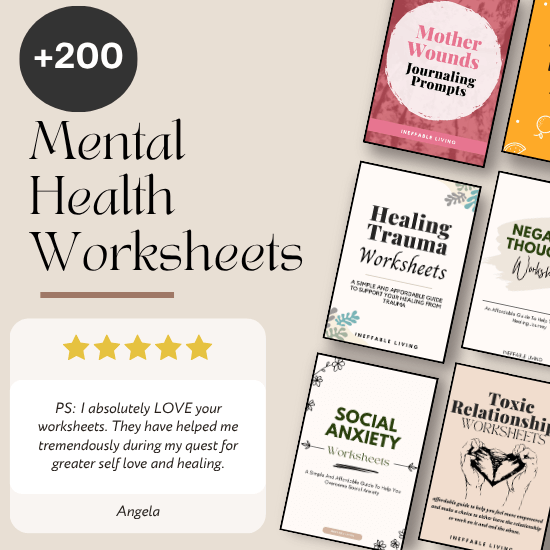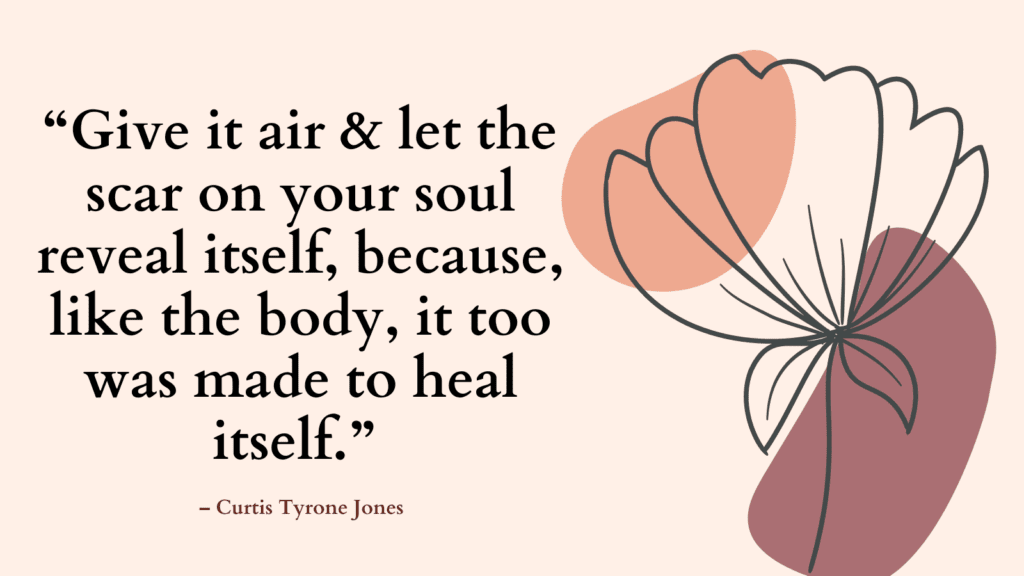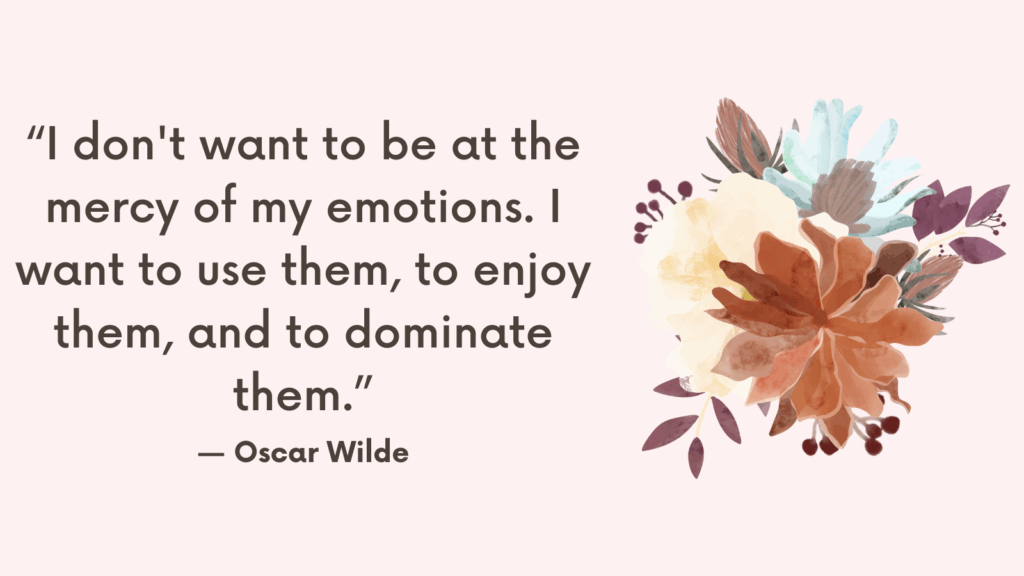Decision anxiety often stems from the fear of regret, failure, or judgment. When you’re overwhelmed by choices or haunted by the possibility of choosing “wrong,” your nervous system interprets the decision as a threat. Learning to manage this anxiety helps you make decisions with more clarity and confidence.
What Is Decision Anxiety?
Decision anxiety is the distress or worry experienced when faced with making a choice. It can occur with major life decisions or even small, everyday ones. The anxiety stems from a fear of making the wrong choice, missing out on better options, or facing negative consequences.
Common Symptoms
- Overthinking every possible outcome
- Procrastinating or avoiding the decision altogether
- Seeking constant reassurance from others
- Physical symptoms like tension, headaches, or nausea
- Doubting oneself even after making a choice
Why Decision-Making Triggers Anxiety
Why Decision-Making Triggers Anxiety
Decision-making often triggers anxiety because it involves uncertainty, risk, and self-doubt. Many people fear making the wrong choice and regretting it later. Perfectionism makes things worse by creating pressure to choose the “best” option, even when no perfect choice exists. When there are too many options, it becomes overwhelming and harder to decide.
If you’ve had bad experiences with decisions in the past, you might hesitate out of fear of repeating mistakes. Low confidence in your own judgment can lead you to overthink or seek constant reassurance. High-stakes choices or the pressure to please others can also make decisions feel stressful. For those with anxiety or OCD, even small decisions can feel intense and emotionally draining.
Related: Always Anxious? These Worksheets Can Help You Calm Down Fast
How to Cope With the Anxiety of Making the “Wrong” Decision?
1. Recognize That Perfection Is Not the Goal
No decision is entirely perfect. Every path comes with trade-offs, lessons, and growth. Reframing your goal from “making the perfect choice” to “making a thoughtful choice” takes the pressure off.
2. Pause and Breathe
Decision anxiety is often amplified by urgency. Take a few deep breaths to regulate your nervous system before evaluating options. A calm body supports a clear mind.
3. Label the Fear
Name what you’re afraid of: “I’m afraid I’ll regret this,” or “I’m afraid this choice will disappoint others.” Naming the fear can reduce its power and give you distance from the panic.
4. Separate Facts From Feelings
Ask: “What do I know for sure about each option?” Write down the facts versus the emotions. This helps you avoid making fear-based decisions.
Related: Top 10 Practical CBT Exercises For Generalized Anxiety Disorder Relief
5. Use the “Worst Case, Best Case, Most Likely” Tool
For each option, imagine:
- The worst-case scenario
- The best-case scenario
- The most likely outcome
This helps bring exaggerated fears back into balance.
6. Trust That Future You Can Adapt
Anxiety often stems from not trusting your future self to handle the outcome. Remind yourself: “No matter what happens, I will figure it out. I’ve done it before.”
7. Limit Input Overload
Too much research, advice, or comparison can paralyze you. Pick 1–2 trusted sources, gather enough information, then stop. More input rarely leads to more certainty.
Related: High Functioning Anxiety Test (& How To Support Anxiety Recovery)
8. Practice “Good Enough” Decision-Making
Sometimes, waiting for total clarity leads to stagnation. If an option feels mostly right, it’s often enough to move forward. Clarity often follows action, not the other way around.
9. Use Your Body’s Signals
If you’re stuck between two choices, try this: imagine you’ve chosen one. How does your body feel? Then imagine choosing the other. Your gut may signal relief, dread, or peace—listen to that.
10. Accept That All Paths Have Risk
There’s no risk-free choice. Every decision involves uncertainty. Growth happens not from avoiding risk, but from learning to navigate it with resilience.
11. Reflect on Past Decisions
Think of a past “wrong” decision you feared—what did you learn from it? Did it truly ruin your life, or did you grow from it? This perspective reduces the weight of current choices.
12. Create a Post-Decision Ritual
Once you make a decision, mark it with a ritual—light a candle, write it down, or say aloud “I choose this.” It signals to your brain that the process is complete and reduces rumination.
Related: Solve Actual Problems, Don’t Just Cope: 7 Practical Steps to Break the Anxiety Cycle
13. Remind Yourself: Clarity Comes With Action
You won’t always feel 100% sure before acting. Often, peace comes after making the choice and moving forward—not before.
14. Set a Time Limit
Give yourself a deadline to decide. The longer you delay, the more pressure builds. A firm but reasonable limit helps you avoid decision paralysis.
Related: How to Relieve Anxious Sensations In Your Body?
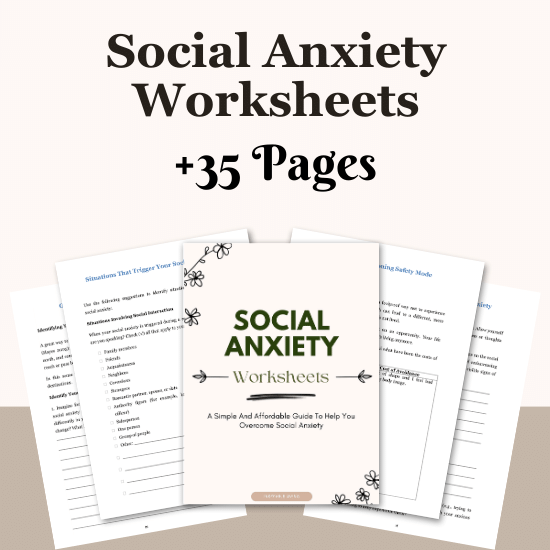
Conclusion
Even if the outcome isn’t what you hoped, that doesn’t mean you failed. It means you were brave enough to choose, and that in itself is a step toward wisdom.
